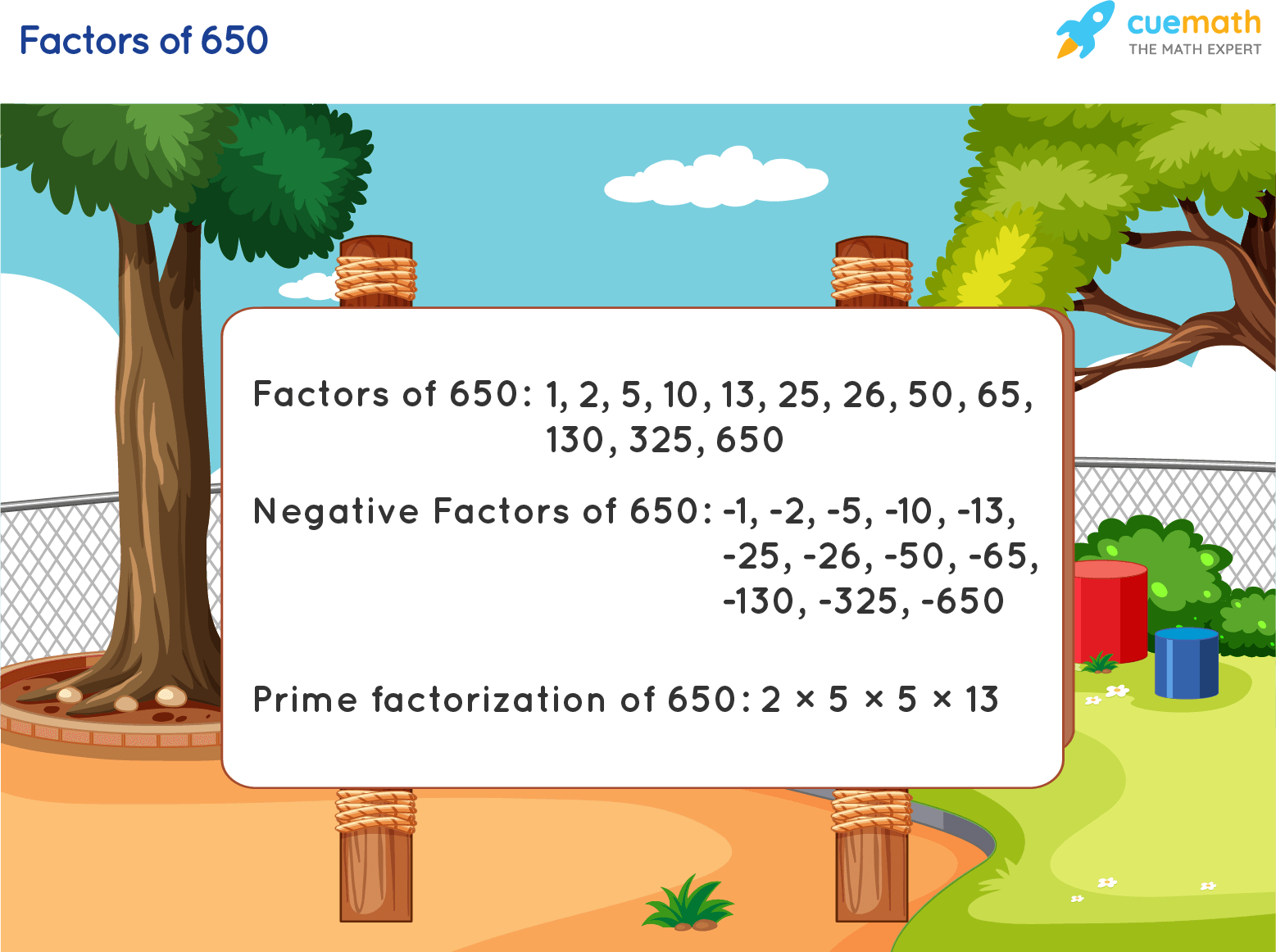Okay, here’s my attempt at a blog post, following your guidelines:

So, I was messing around with numbers the other day, and I got it in my head to figure out the prime factorization of 650. You know, just for kicks. I’d done it before with smaller numbers, but 650 felt like a good challenge.
The Breakdown
First, I grabbed a piece of paper and a pen – old school, I know. I wrote down ‘650’ at the top. Then, I started thinking, “What’s the smallest prime number that goes into this thing?” Obviously, it’s 2, since 650 is even.
I did the division: 650 / 2 = 325. Easy peasy. I wrote down ‘2’ as one of my prime factors and then moved on to 325.
Now, 325 isn’t even, so 2 is out. I tried 3, but that didn’t work. Then I remembered that numbers ending in 5 are divisible by 5, and 5 is prime. So, I went with 5.
- 325 / 5 = 65. Boom, another prime factor! I wrote down ‘5’.
Next up, 65. Again, it ends in 5, so let’s try dividing by 5 again.

- 65 / 5 = 13. Sweet! 13 is a prime number, too.
I put the “5” aside, that is my anthor prime factor.
So there is a ’13’ *, so I’ve got 13, and that’s prime, so I’m basically done.
I looked at my scribbled notes. I ended up with 2, 5, 5, and 13. Those are all prime numbers, and if you multiply them together, you get 650.
The final prime factorization is 2 x 5 x 5 x 13.

It’s kind of cool how you can break down a bigger number into just these little prime building blocks. Anyway, that’s how I spent part of my afternoon. Not exactly saving the world, but it was a fun little exercise!
